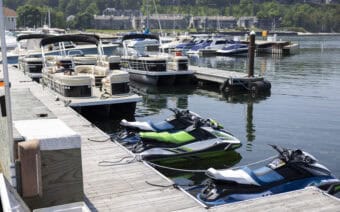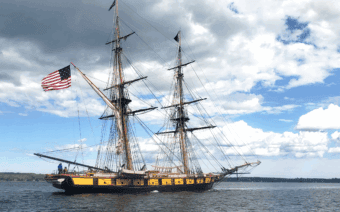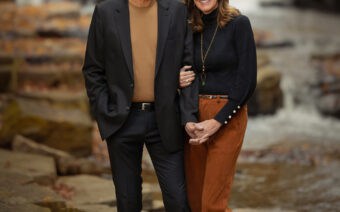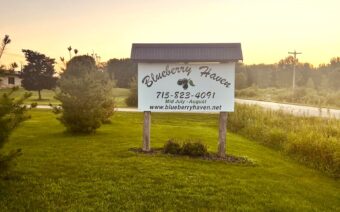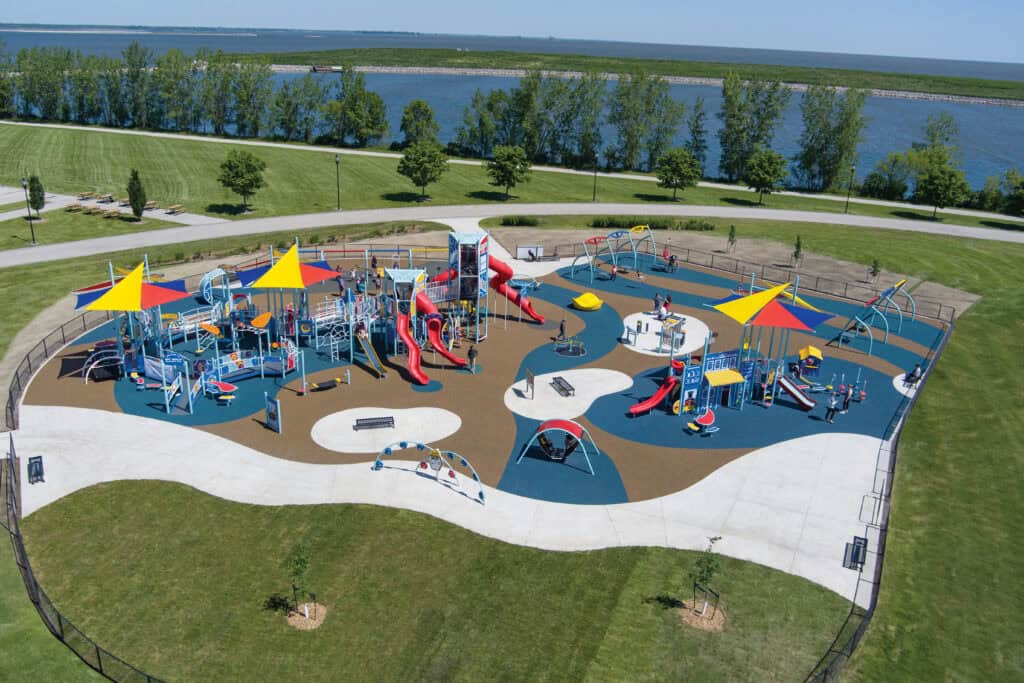
March 10, 2025
FOND DU LAC – A Wisconsin-based playground equipment manufacturer is helping make play accessible to children and caregivers of all abilities across the globe.
Brian Johnson – chief operating officer of BCI Burke – said he “found (his) way into play” roughly 25 years ago and has since developed a passion for inclusive playground equipment.
Johnson said in the early ’90s, after the Americans with Disabilities Act (ADA) was passed, playground designers and manufacturers started thinking about how the new federal law applied to their business.
“I’ve been in the industry for a long time and (the ADA) was really the early impetus toward starting to figure out how (to) make playgrounds – not just the play equipment, but the environment – accessible to… kids and families of all abilities,” he said.
When it comes to making playgrounds accessible, Johnson said it’s important to understand there are many different levels of ability – all of which are important to consider.
“It’s important we don’t say ‘for kids with disabilities’… because there are lots of different disabilities,” he said. “Orthopedic (disabilities are) something a lot of people think about (because people may require) a mobility device, (but) we’re also looking at kids on the autism spectrum and how that impacts the way they play and the types of play they like.”
Johnson said BCI Burke also thinks about learning and processing differences.
“We think about visual and auditory impairment as well,” he said.
Another important consideration in Burke’s designs, Johnson said, is how parents and caregivers can access play environments.
“When we look at a fully inclusive or universally inclusive play space, we’re trying to create ways even for family members and caregivers to have access to play with the kids,” he said. “That’s really important.”
An example of playgrounds making a shift toward inclusivity, Johnson said, that stemmed from the ADA, is the introduction of the “unitary surface.”
“There are requirements in the ADA to make an accessible playscape, and (there are) lots of details to it,” he said. “There’s also requirements for how you get to the playscape, and one of those things is surfacing.”
Johnson said a unitary surface could be made of poured or tiled rubber or artificial turf and is intended to allow mobility-limited individuals access to the playscape.
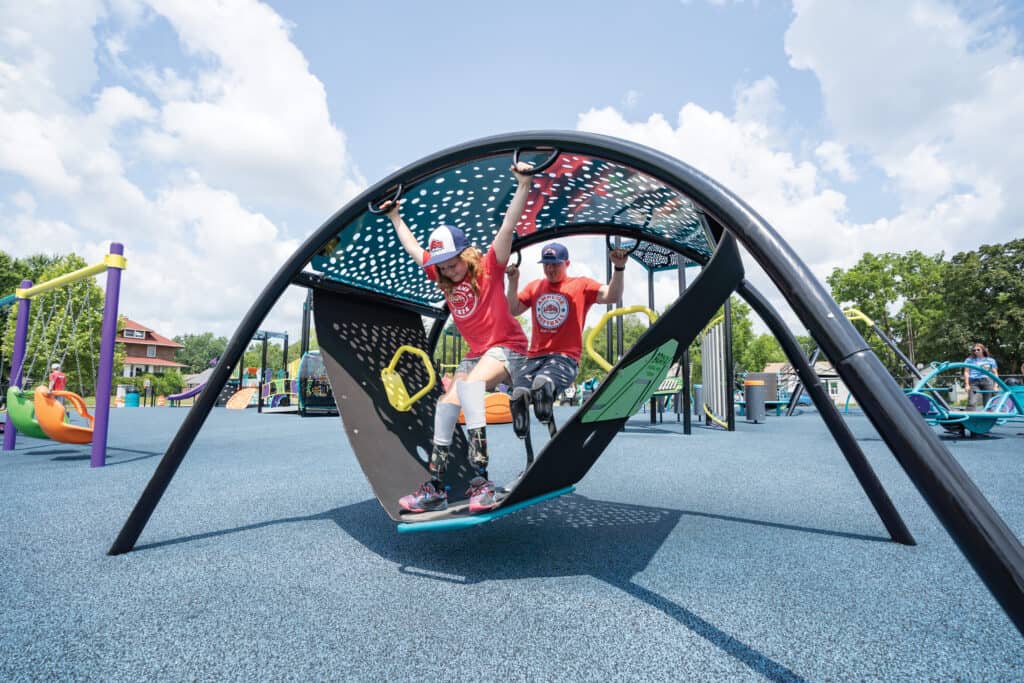
“We call ours ‘Burke Turf,’” he said. “There’s also what’s called engineered wood fiber. Mulch would just be like landscaping mulch (but) engineered wood fiber has been tested (and) designed so that when it compacts it can actually be used (with) mobility devices.”
The addition of unitary surfaces, Johnson said, is an example of how considering all abilities helps create “greater access for all” – the ultimate goal of inclusive playground designs.
Opening accessible doors
Johnson said Burke has a team of people dedicated to the research and development of equipment that truly allows for inclusive play.
“We have an entire dedicated team of experts, industrial designers, design engineers and design drafters that are researching, designing, concepting and observing kids every single day,” he said. “We conduct primary research at a university to understand how we can create the most innovative, new inclusive play equipment around – and that’s what we do every single day.”
One of Burke’s “most recent innovations,” Johnson said, was designed to give mobility-limited children the ability to repeatedly and independently go down a slide.
The 360 Loop, Johnson said, is designed for children who use a mobility device to transfer out of their device and onto a platform connected both to the bottom of a slide and a climber.
Through this design, he said children who have limited to no use of their lower body can use their arms and scoot backward up the climber to access the slide without having to transfer back into their mobility device.
One of the children Johnson said Burke enlists to provide feedback on their inclusive equipment is a local 11-year-old boy who has cerebral palsy.
“He has quite a bit of mobility, but very limited lower body mobility,” he said.
Johnson said the boy’s mother described to him how larger playgrounds would have platforms for the boy to transfer out of his mobility device and access the slide – as required by the ADA – but that she often would have to help him back to his mobility device or that platform in order to ride the slide again.
The 360 Loop, Johnson said, solves that problem by giving him access to both the climber and the slide from the same transfer platform.
“He can go up this climber and go down this slide and then scoot over and go back up and do it again – that’s why we call it our 360 Loop,” Johnson said. “For the first time, he has his own independence, and my favorite part… is that all of the kids love to go up and down this slide. This is a 10-foot-high slide. He has never been able to do that by himself before. It’s fast and it’s fun for literally everyone. The kids love it and he gets to do it with the kids. It’s not a separate thing over on the side.”
Johnson said the 360 Loop design is not something that’s required by the ADA, but instead something Burke decided to innovate after “talking with kids, observing them and researching what the best way is to make a truly inclusive and fun play event.”
As he watched the young boy test the 360 Loop, Johnson said his mother became emotional at the sight of her son playing independently.
“His mom, with a tear in her eye, said, ‘Brian, I don’t think you know what you’ve created here,’” he said.
Another example of innovative playground equipment designed and produced by Burke, Johnson said, is an accessible swing.
“A number of years ago, I led a research study at the University of Texas for swings,” he said. “Swings are really important for kids – for everyone – because it activates your vestibular system. (If) you don’t have that lower body (mobility), and you can’t pump your legs, you’ve always been on a swing with a caregiver pushing you. So we tried to look that challenge in the eye, and one of our industrial designers came up with the Brava Universal Swing.”
The Brava Universal Swing, Johnson said, is low enough for children using mobility devices to transfer onto and includes handlebars that allow a person to rock the swing themselves without use of their legs.
Johnson said the same 11-year-old who tested the 360 Loop tried the Brava Swing, and said as soon as he got in it and started rocking himself, “his smile literally lit up the entire area.”
“For the first time, he was swinging by himself, which is a breakthrough,” he said. “These are the types of things that we’re working hard to create… We’re able to really start innovating with the Brava, with the 360 Loop, so that it opens new doors for lots of kids that didn’t have those doors open before.”
Wisconsin built, globally enjoyed
Though Burke is headquartered in Fond du Lac, Johnson said the manufacturer’s reach extends far beyond the Midwest.
“The Burke brand is very strong across the U.S. and Canada,” he said. “Canada is a very important market to us. We (also) have some (playgrounds in) international places like Singapore, Israel, Japan, etc.”
Over the past decade, Johnson said the company has “grown dramatically.”
“We also own two companies in the United Kingdom that also sell to other countries around the world as well,” he said.
By making the transition toward manufacturing inclusive playground equipment, Johnson said he feels Burke is “leading the industry right now.”
“We certainly have some competitors,” he said. “We just feel really strongly about the investments that we’re making right now in the fantastic design and the research to really understand how kids play and what their needs are.”
Johnson said Burke’s mantra is “play that moves you,” which is indicative toward how the company continues to push forward on the path of creating inclusive playscapes.
“(It’s) about being a leader in our space and figuring out ways that research-based play can move kids – cognitively, physically, socially, emotionally and imaginatively,” he said. “So, that’s our overriding mission every day, as a mission-based business. We’re trying to keep pushing to figure out, ‘how do we take this to the next level?’”

2025 marks 105 years for BCI Burke, and Johnson said the company has continually invested in the Fond du Lac region – building a brand new distribution center roughly a year ago.
“All of our operations are here in Fond du Lac,” he said. “So, we manufacture everything in Fond du Lac and our vendor partners that make some different parts for us are all primarily in Wisconsin and the Midwest.”
Johnson said Burke – a formally family owned company – continues to prioritize values instilled into the company by its original leadership.
“The founder of Burke had instilled in the business way back then – and it continues today – two really important foundational elements,” he said. “No. 1 is Burke-built quality and No. 2 is a focus on customer service. (Even) before I came to Burke, those have been pillars for our business in terms of making really great, quality equipment that is going to stand up and then backing it up with our exclusive Generations Warranty.”
Burke’s Generations Warranty, Johnson said, is the “longest and strongest” in the playground business – offering up to a 100-year warranty for certain parts and components found in its equipment.
“We sell to schools, parks, childcare centers, churches, apartment complexes and commercial locations all over (the world),” he said. “So, it’s really about having great quality, standing behind it and then fully supporting that warranty.”
Johnson said Burke also prioritizes utilizing sustainable materials and practices both among their equipment and facilities.
“We have a strong group of our customers – like landscape architects – that want to know, ‘how are you doing this?’ (and) ‘what’s the impact on the environment?’” he said.
Johnson said Burke is the only major playground company to have earned the EPA Green Power Partner designation.
“All of our electricity here (at the facility in Fond du Lac) comes from hydroelectric and renewable sources, and all of our products have varying levels of recyclable content,” he said. “We’re always looking at and testing new materials, and the best test, quite honestly, is to get a playground in the ground – kids are pretty good at testing.”
Seeking feedback from kids, Johnson said, is something the company does intentionally, and the only thing Burke doesn’t manufacture is the children’s smiles.
“What I love about kids giving us feedback is they don’t hold back,” he said. “(They’ll say), ‘I don’t like that,’ or ‘I love this’ or ‘I really like this’ – and that’s (referring to) one of (our) competitors – but they’re honest.”
Prior to seeking opinions from children outside of the Burke family, Johnson said employees’ kids are the first to test new equipment.
“Our kids play on the equipment first,” he said. “They test it, and we observe and make changes before we let anybody else’s kids (play on the equipment)… Our product development team is constantly evaluating and looking at it before it goes into a park or playground somewhere.”
Johnson said Burke has an R&D facility where it installs prospective equipment for testing and that they also have “great partnerships in and around” the Fond du Lac area that assist in testing equipment.
“We’re really proud of what we do, and we have great partnerships around this area – from our vendor partners that support us and also many customers that are in (the) region,” he said. “(The) long-term work we do together with all those stakeholders is really important to us (because) we live, work and play right here in Wisconsin. This is our home and we love it. We all take our kids and families out to the parks and recreation areas, and we’re part of that same fabric. We’re super proud when we get to take them to Burke playgrounds.”
To learn more about Burke, visit bciburke.com.
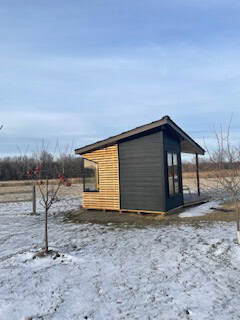 Creating spaces where people can unwind, appreciate world around them
Creating spaces where people can unwind, appreciate world around them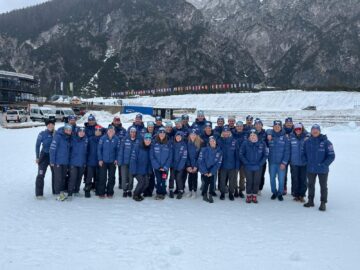 ‘I am incredibly grateful to be a small part of the team’
‘I am incredibly grateful to be a small part of the team’


